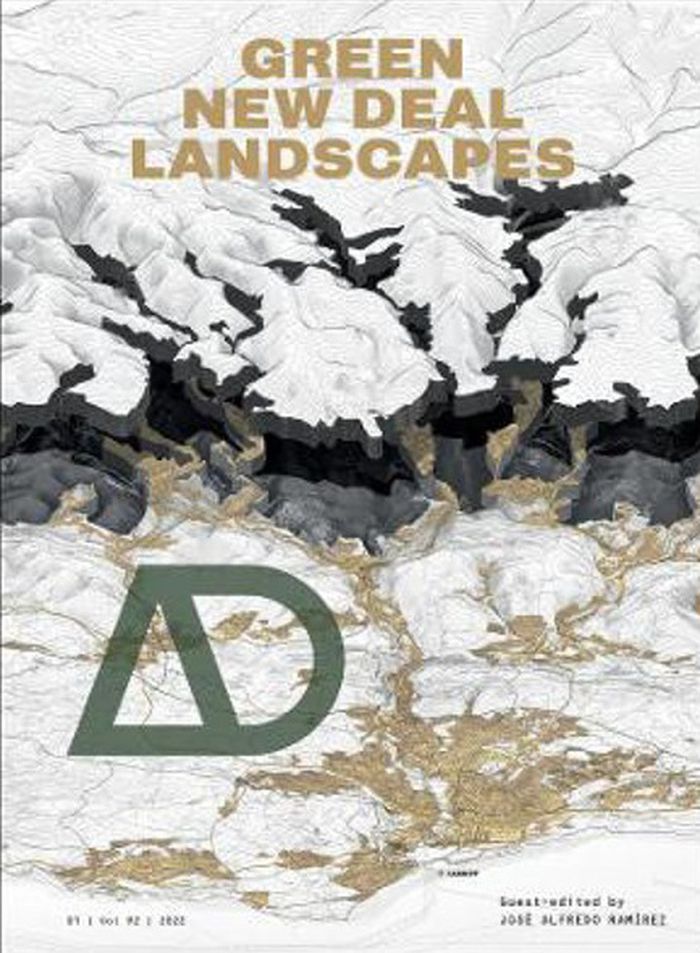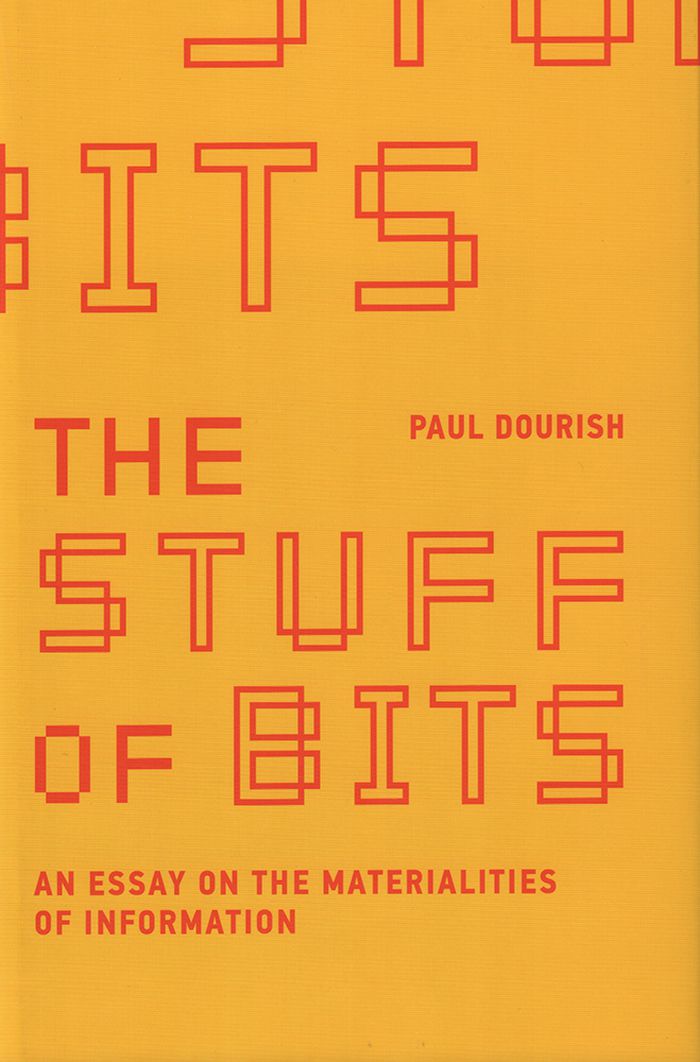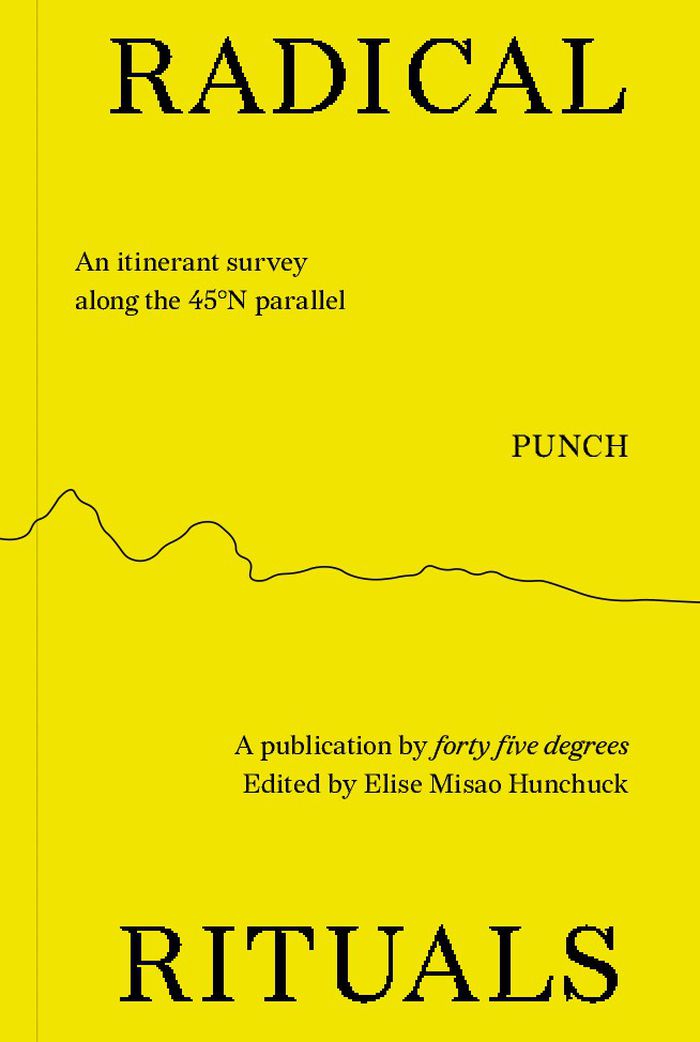books
Description:
38 pages ; 21 cm
[Quebec] : Office de la langue française, 1984.
Vocabulaire de la téléphonie / Hélène Martin, Claire Pelletier.
Actions:
Holdings:
Description:
38 pages ; 21 cm
books
[Quebec] : Office de la langue française, 1984.
books
Description:
341 pages : illustrations (chiefly color), plans, charts ; 30 cm
Paris : Éditions du Pavillon de l'Arsenal, [2021], ©2021
L'empreinte d'un habitat : construire léger et décarboné = Housing footprint : light and low-carbon construction [exposition au Pavillon de l'Arsenal, Paris, du 22 octobre 2021 au 27 février 2022] / [Philippe Rizzotti.]
Actions:
Holdings:
Description:
341 pages : illustrations (chiefly color), plans, charts ; 30 cm
books
Paris : Éditions du Pavillon de l'Arsenal, [2021], ©2021
books
$22.95
(available to order)
Summary:
The dominant architectures in our culture of development consist of generic protocols for building offices, airports, houses, and highways. For Keller Easterling these organizational formats are not merely the context of design efforts. They are the design. Bridging the gap between architecture and infrastructure, Easterling views architecture as part of an ecology of(...)
Organization space : landscapes, highways, and houses in America
Actions:
Price:
$22.95
(available to order)
Summary:
The dominant architectures in our culture of development consist of generic protocols for building offices, airports, houses, and highways. For Keller Easterling these organizational formats are not merely the context of design efforts. They are the design. Bridging the gap between architecture and infrastructure, Easterling views architecture as part of an ecology of interrelationships and linkages, and she treats the expression of organizational character as part of the architectural endeavor. Easterling also makes the case that these organizational formats are improvisational and responsive to circumstantial change, to mistakes, anomalies, and seemingly illogical market forces. By treating these irregularities opportunistically, she offers architects working within the customary development protocols new sites for making and altering space. By showing the reciprocal relations between systems of thinking and modes of designing, Easterling establishes unexpected congruencies between natural and built environments, virtual and physical systems, highway and communication networks, and corporate and spatial organizations. She frames her unconventional notion of site not in terms of singular entities, but in terms of relationships between multiple sites that are both individually and collectively adjustable.
books
October 2001, Cambridge, Mass.
Urban Theory
books
$52.50
(available to order)
Summary:
The dominant architectures in our culture of development consist of generic protocols for building offices, airports, houses, and highways. For Keller Easterling these organizational formats are not merely the context of design efforts. They are the design. Bridging the gap between architecture and infrastructure, Easterling views architecture as part of an ecology of(...)
Organization space : landscapes, highways, and houses in America
Actions:
Price:
$52.50
(available to order)
Summary:
The dominant architectures in our culture of development consist of generic protocols for building offices, airports, houses, and highways. For Keller Easterling these organizational formats are not merely the context of design efforts. They are the design. Bridging the gap between architecture and infrastructure, Easterling views architecture as part of an ecology of interrelationships and linkages, and she treats the expression of organizational character as part of the architectural endeavor. Easterling also makes the case that these organizational formats are improvisational and responsive to circumstantial change, to mistakes, anomalies, and seemingly illogical market forces. By treating these irregularities opportunistically, she offers architects working within the customary development protocols new sites for making and altering space. By showing the reciprocal relations between systems of thinking and modes of designing, Easterling establishes unexpected congruencies between natural and built environments, virtual and physical systems, highway and communication networks, and corporate and spatial organizations. She frames her unconventional notion of site not in terms of singular entities, but in terms of relationships between multiple sites that are both individually and collectively adjustable.
books
November 1999, Cambridge
Architectural Theory
AD Green new deal landscapes
$54.00
(available in store)
Summary:
This issue of AD explores the principles behind the Green New Deal and how they apply to the architectural and landscape professions. Whatever form the Green New Deal will take and is taking, it will be materialised through infrastructure, buildings, landscapes and various other constructed forms. The contributors to this AD examine the theoretical frameworks and design(...)
AD Green new deal landscapes
Actions:
Price:
$54.00
(available in store)
Summary:
This issue of AD explores the principles behind the Green New Deal and how they apply to the architectural and landscape professions. Whatever form the Green New Deal will take and is taking, it will be materialised through infrastructure, buildings, landscapes and various other constructed forms. The contributors to this AD examine the theoretical frameworks and design practices within which the protocols of the Green New Deal could be integrated.
Magazines
books
Description:
362 pages : illustrations (chiefly color), maps (chiefly color) ; 24 cm.
[Genève] : Metispresses, ©2013.
La ville ouest-africaine : modèles de planification de l'espace urbain / Jérôme Chenal.
Actions:
Holdings:
Description:
362 pages : illustrations (chiefly color), maps (chiefly color) ; 24 cm.
books
[Genève] : Metispresses, ©2013.
books
Description:
423 pages ; 20 cm
London : Headline, 1992.
Debrett's correct form / compiled and edited by Patrick Montague-Smith.
Actions:
Holdings:
Description:
423 pages ; 20 cm
books
London : Headline, 1992.
books
Garden pavilions and the 18th century French court / Eleanor P. DeLorme ; preface by Jean Feray.
Description:
320 pages : illustrations (some color) ; 28 cm
Woodbridge, Suffolk : Antique Collectors' Club, 1996.
Garden pavilions and the 18th century French court / Eleanor P. DeLorme ; preface by Jean Feray.
Actions:
Holdings:
Description:
320 pages : illustrations (some color) ; 28 cm
books
Woodbridge, Suffolk : Antique Collectors' Club, 1996.
The stuff of bits
$46.95
(available to order)
Summary:
In this publication, Paul Dourish examines the specific materialities that certain digital objects exhibit. He presents four case studies: emulation, the creation of a “virtual” computer inside another; digital spreadsheets and their role in organizational practice; relational databases and the issue of “the databaseable”; and the evolution of digital networking and the(...)
The stuff of bits
Actions:
Price:
$46.95
(available to order)
Summary:
In this publication, Paul Dourish examines the specific materialities that certain digital objects exhibit. He presents four case studies: emulation, the creation of a “virtual” computer inside another; digital spreadsheets and their role in organizational practice; relational databases and the issue of “the databaseable”; and the evolution of digital networking and the representational entailments of network protocols. These case studies demonstrate how a materialist account can offer an entry point to broader concerns - questions of power, policy, and polity in the realm of the digital.
Archive, library and the digital
$38.00
(available to order)
Summary:
More just spatial practices are to be found in the diversity and nuances of myriad space-making paradigms that tackle local challenges while providing credible responses to current global issues. This book proposes a collection of spatial protocols following an imaginary line: the 45°N parallel. This line crosses Europe, from the Atlantic Coast to the Black Sea. The(...)
Radical rituals: An itinerant survey along the 45 degree parallel
Actions:
Price:
$38.00
(available to order)
Summary:
More just spatial practices are to be found in the diversity and nuances of myriad space-making paradigms that tackle local challenges while providing credible responses to current global issues. This book proposes a collection of spatial protocols following an imaginary line: the 45°N parallel. This line crosses Europe, from the Atlantic Coast to the Black Sea. The practices are named rituals because they strengthen the potential for collective action in order to reach systemic change. They are labeled radical because they are highly transformative and point toward possible futures.
Landscape Theory


